Some of the heaviest and bloodiest battles of the Civil War raged in Virginia, May 5 to June 3, 1864. This Week in Army History marks the anniversary of several of those battles: the North Anna, May 23-24; Haws' Shop, May 28; and Totopotomoy Creek, May 29-31. Even bigger and bloodier was the immediately preceding battle at Spotsylvania Court House, May 8-19.
A highlight of that earlier battle came on May 10, when Federal brigade commander Col. Emory Upton deviated from linear-style tactics to column-based formations to attack enemy breastworks. While his initial attack on the Confederate lines was successful, he had to retreat soon afterward due to lack of support. His tactics had demonstrated their effectiveness to break through enemy lines, but they had to be carried out on a larger scale to ensure a sustainable victory. Those tactics developed by Emory Upton foreshadowed the trench warfare in Europe during World War I.
After the Civil War, Upton toured Europe and Asia, 1875-1877, and then wrote "Armies of Asia and Europe," which analyzed the various military organizations of the two continents and also made recommendations for improving the U.S. Army. He later wrote another book which evaluated "the military policy of the United States" since the Revolutionary War and proposed pronounced changes in that policy, based on the lessons of history as he perceived them. "Military Policy" was not published until 1904, long years after his death in 1881, but it endured as one of the most influential books ever written by a U.S. Army officer, a book that helped contribute to major changes in the raising of troops and the fighting of wars in the 20th Century.
For the past 100+ years, Brevet Maj. Gen. Upton has been most remembered for his influential Military Policy. In his own lifetime, however, he was best known for his contributions to tactics. As a battlefield tactician of proven success at regimental, brigade, and division level, he headed the postwar Army board that sought to learn lessons of the Civil War and convert them into new infantry tactical doctrine. In 1867 Upton's tactics were officially adopted by the U.S. Army and then printed in a book titled "A New System of Infantry Tactics." From 1870 to 1875, moreover, the general also taught at infantry, cavalry, and artillery tactics at West Point and served as Commandant of Cadets.
His tactical system was used not only by the regular U.S. Army but also by the State Militia and National Guard. In 1878, New York State National Guard Col. William H. Brownell patented an "Upton Tactics Set" to help with instruction. These miniature wooden blocks, some replete with small painted metal flags, simulated units and individual soldiers. They could readily be positioned on tables and in sandboxes to demonstrate the principles of Upton's tactics.
Very few actual Upton-Brownell Tactical Sets are known to exist today. One of them, however, is held by the Army Heritage and Education Center at Carlisle Barracks. After considerable conservation work by the AHEC professional staff and a graduate student volunteer, pieces of that set are now on display in the office reception area of the Commandant of the U.S. Army War College at Carlisle Barracks. Although they are a far cry from the computer simulations that our troops use to understand the tactics of battle today, they symbolize the Army's ongoing efforts to learn from experience and to share those lessons throughout our Total Force.
(There is, moreover, a suitable sense of history in the fact that the Commandant's office is in Root Hall, named in honor of Secretary of War Elihu Root, who not only founded the Army War College and the modern Army General Staff but who also recognized the significance of Upton's military policy of the United States and arranged for its publication posthumously. It is further fitting that AHEC, now situated in Ridgway Hall on the eastern part of the post, was located until 2004 on the western part of the post, in a building which it christened Upton Hall, in honor of the great combat Soldier who successively led artillery, infantry, and cavalry to victory and who sought lessons from history to benefit the Army of his own day and for decades to come.)
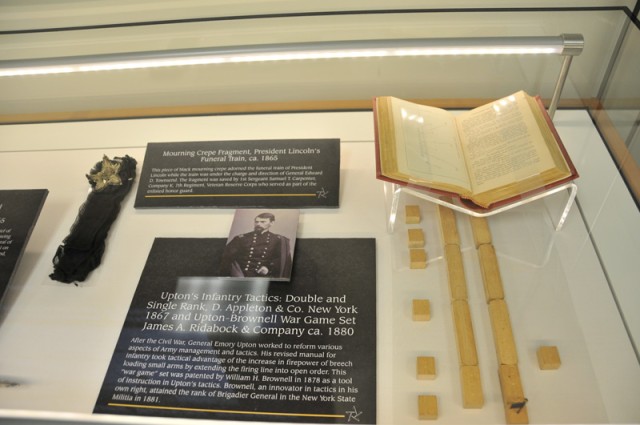
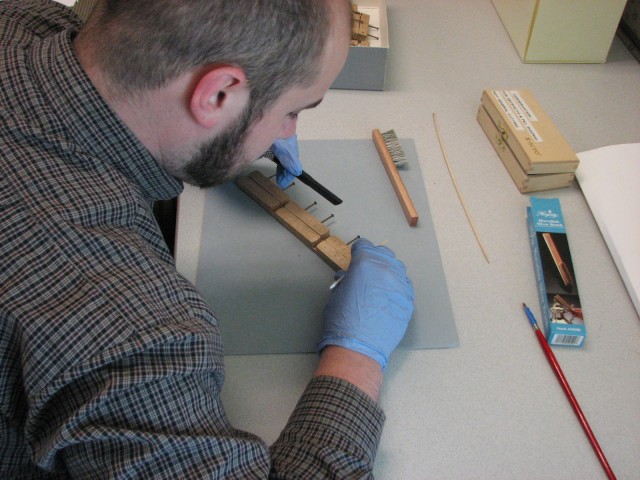
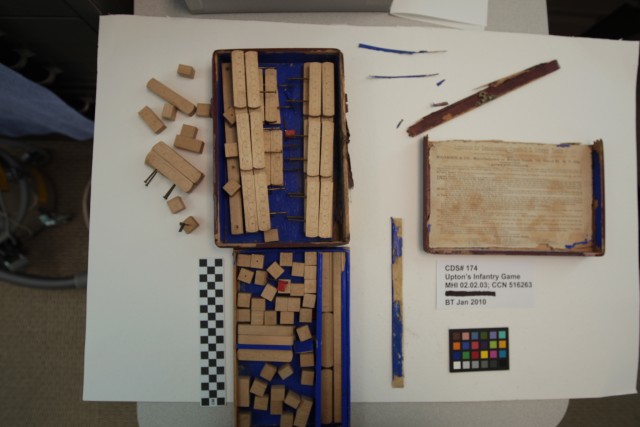
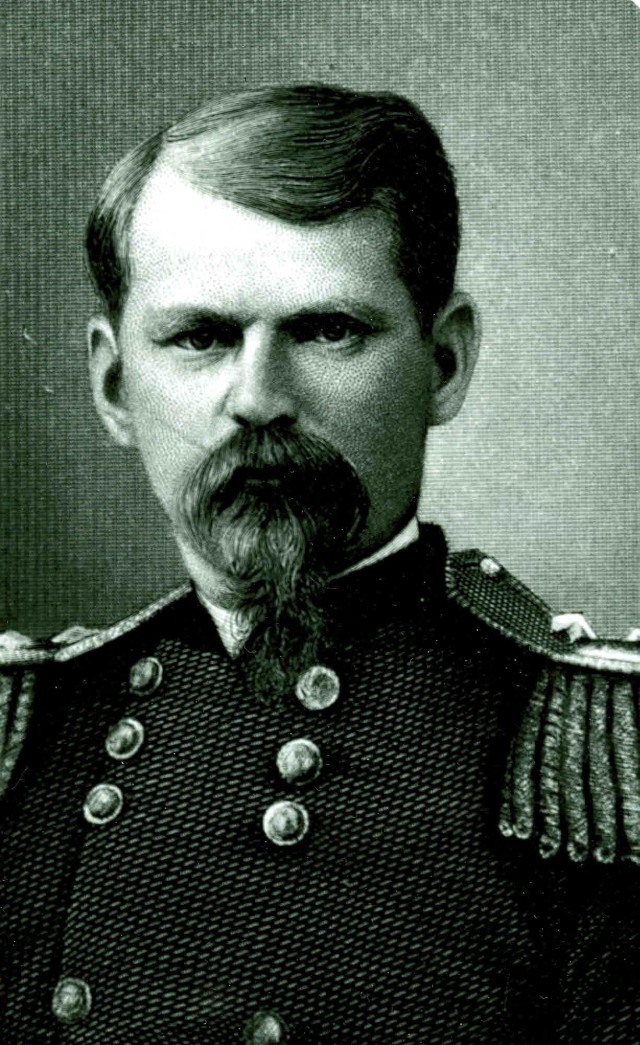



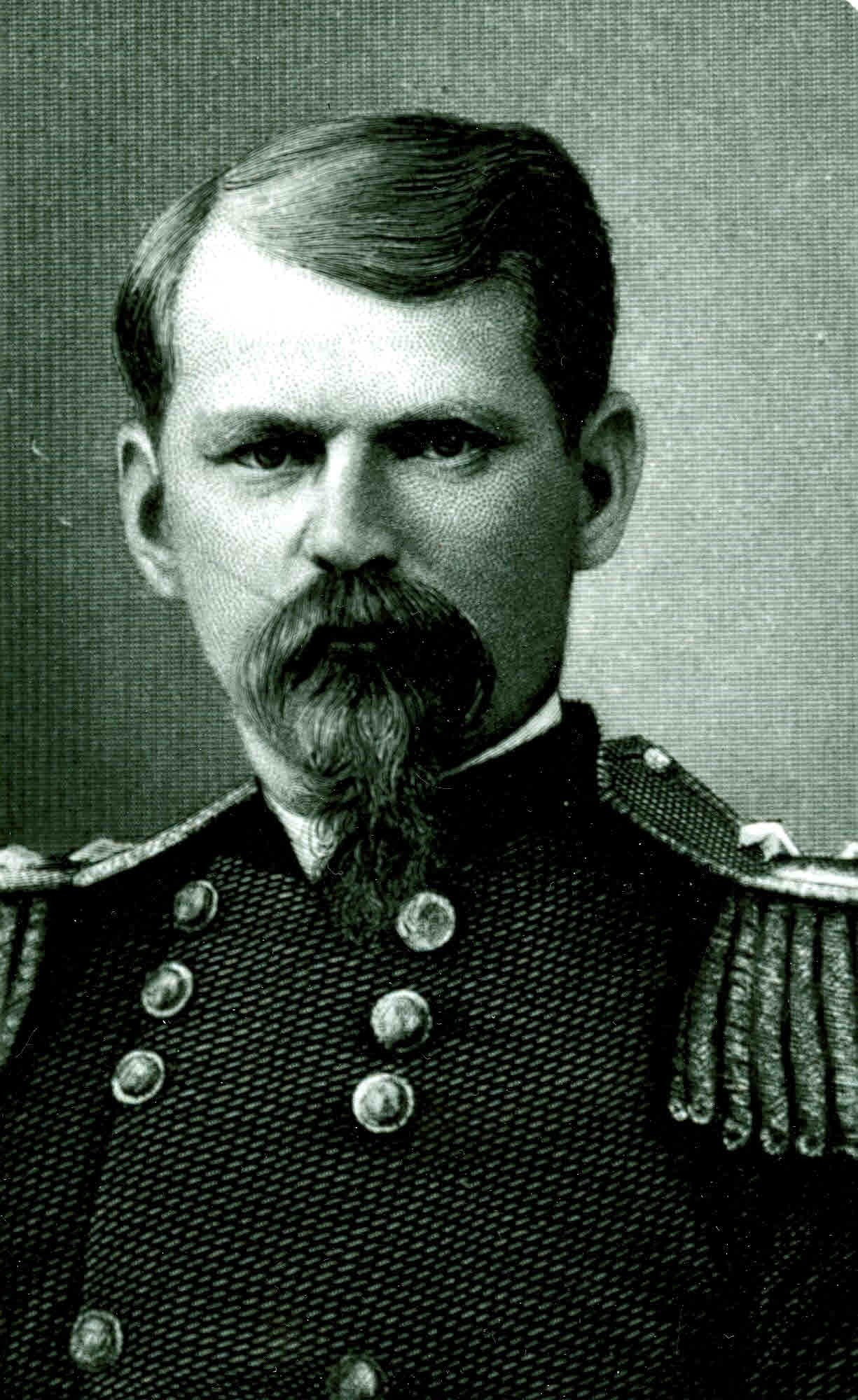
Social Sharing